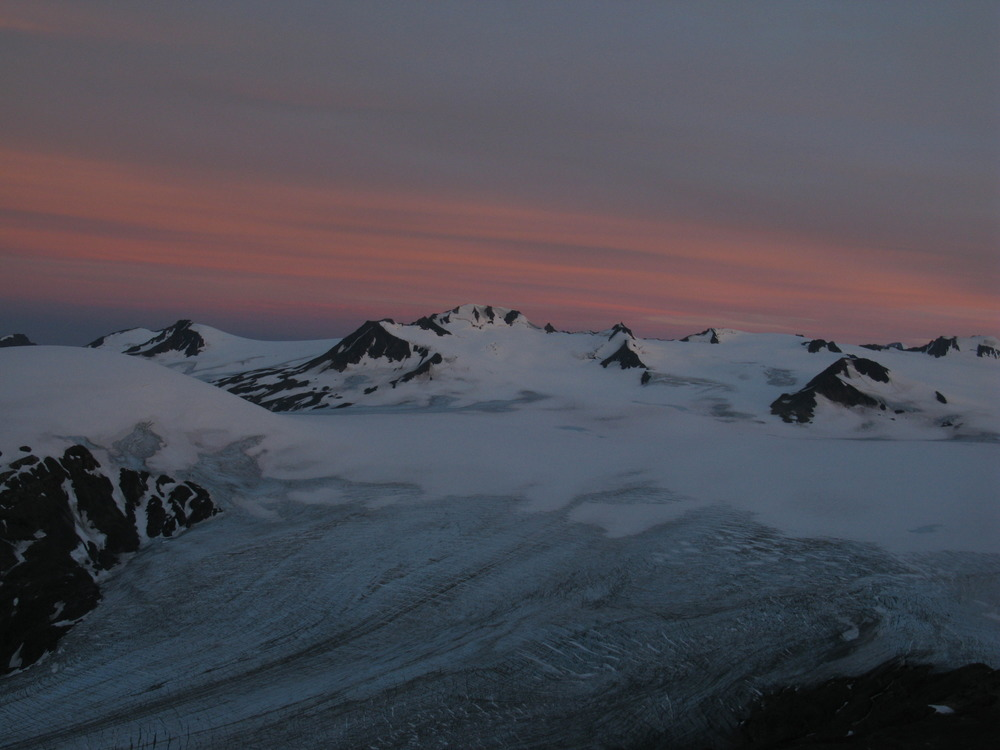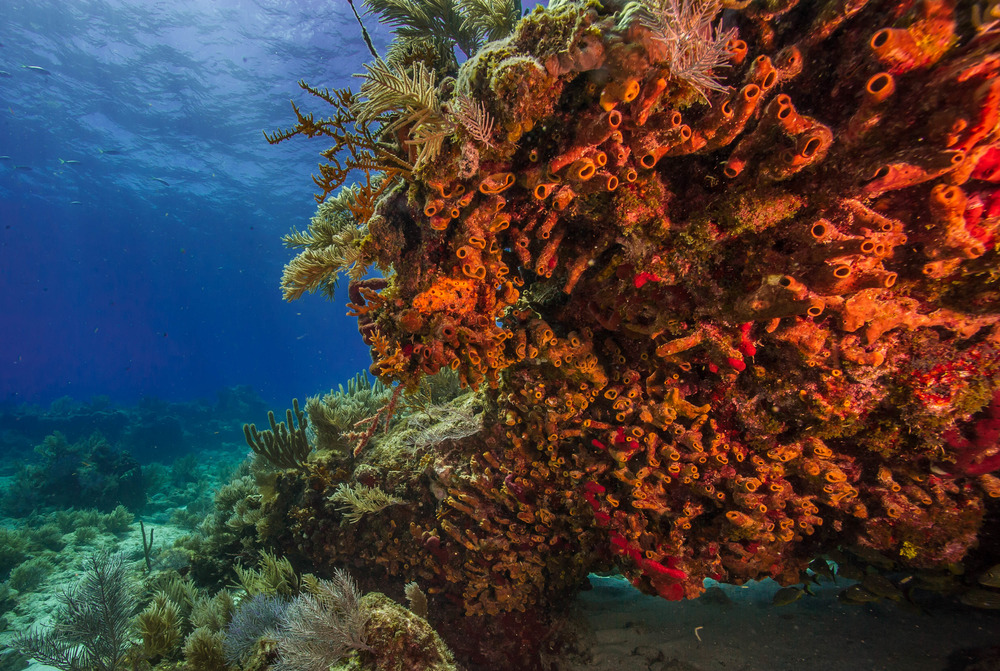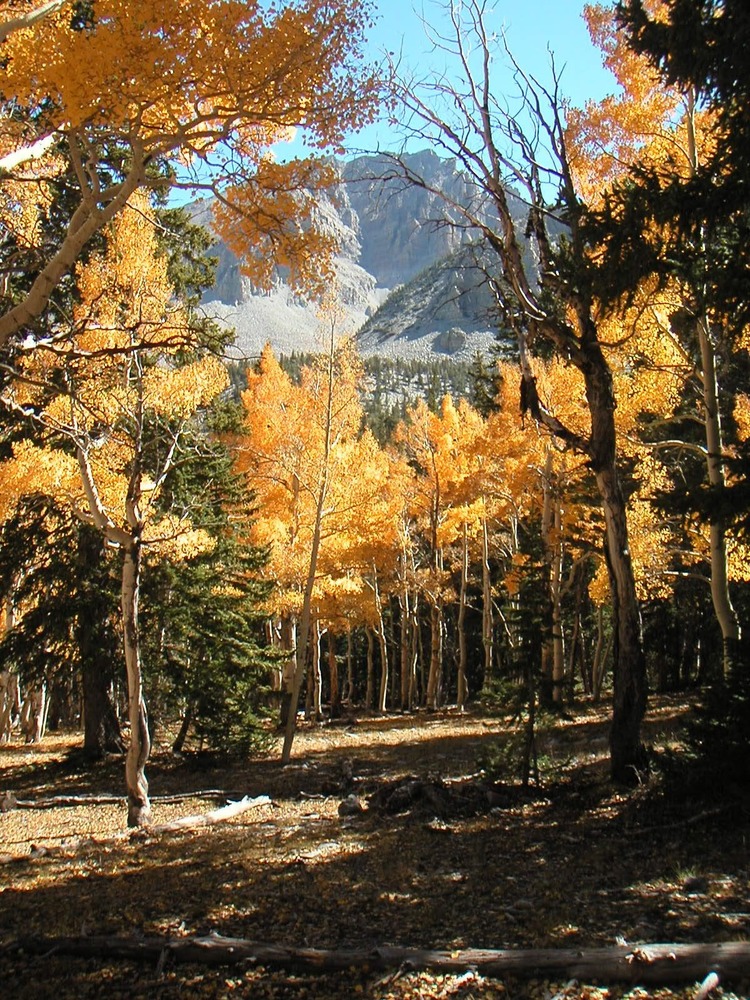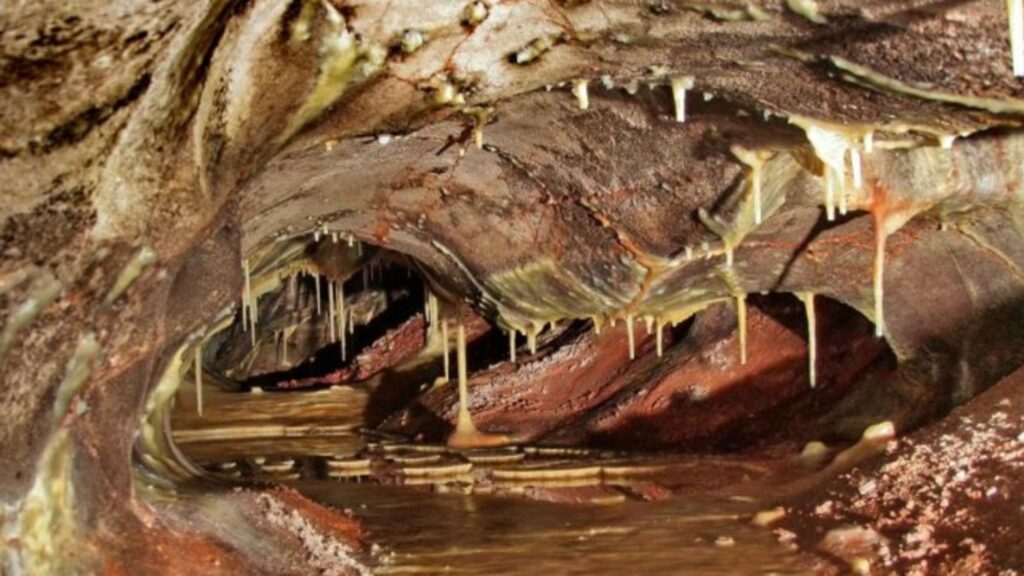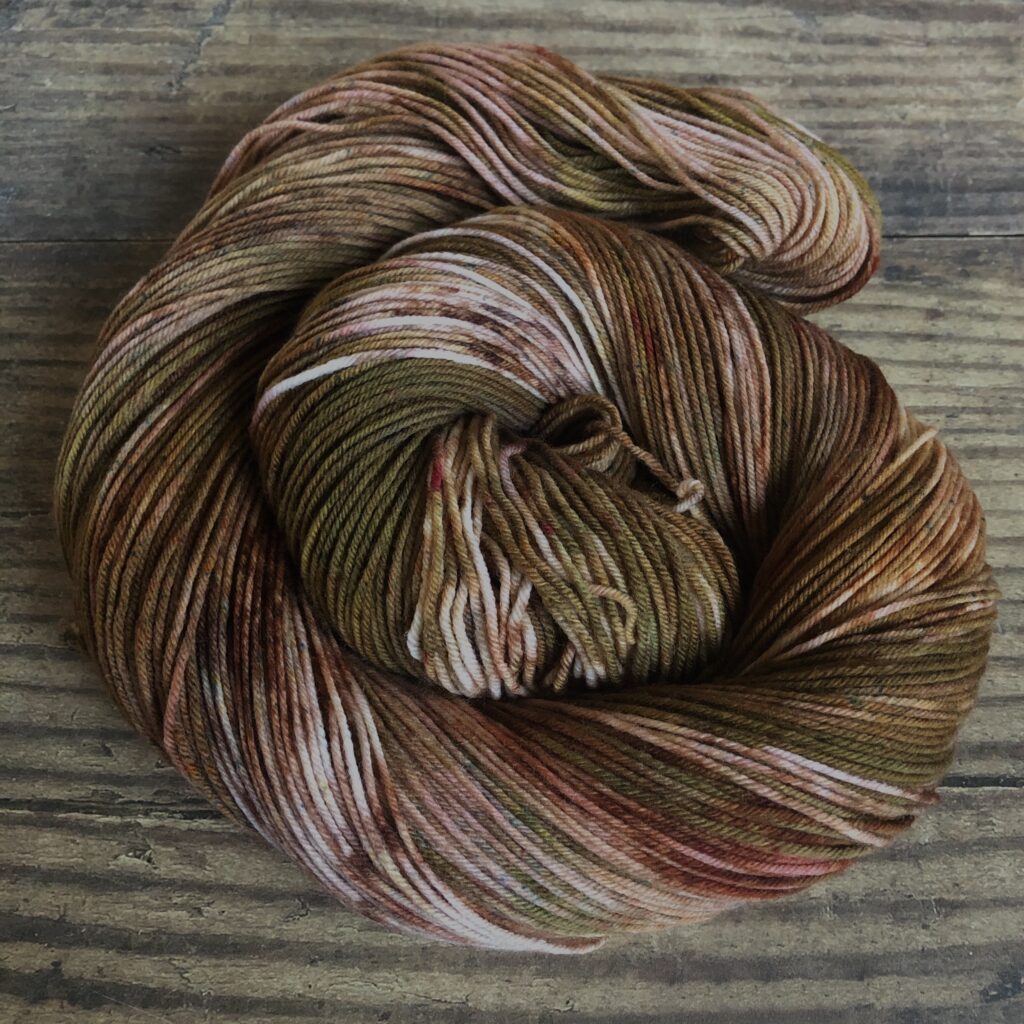It’s time once again to explore more National Parks through yarny goodness. Over the past four years, we have explored the United States through its National Parks, and in 2020, we will have represented them all. Many of these are lesser-known National Parks, and we hope you spend some time exploring them through the links we’ve shared.
Check out our Socks on Vacay/Socks on Staycay summertime sock knitting collaboration with our friend Shannon Squire, too: https://shannonsquire.com/socks-on-vacay-staycay-2020/
Thanks for exploring parks and making socks with us once again this summer! To get your yarn, check out our list of LYS’s offering National Parks (Parks yarn will ONLY be available at our LYS partners through the summer): https://knittedwit.com/
Where is Kenai Fjords National Park?
Kenai Fjords National Park is located just outside the town of Seward in south-central Alaska, 126 miles south of Anchorage.

Whose land does this National Park reside upon?
The Alutiiq (Sugpiaq) Native people survived here for centuries by following the natural rhythms of Kenai Fjords. They are a maritime people who traditionally hunted and subsisted on the outer Kenai Peninsula coast; they were able to adapt and survive for centuries in a place that later people would dismiss as rugged and inhospitable. Archeological evidence indicates they have used the Kenai Fjords area for more than 1,000 years.
When was it established as a National Park?
December 2, 1980
Why is this park amazing?
At the edge of the Kenai Peninsula lies a land where the ice age lingers. Nearly 40 glaciers flow from the Harding Icefield, Kenai Fjords’ crowning feature. Wildlife thrives in icy waters and lush forests around this vast expanse of ice. Sugpiaq people relied on these resources to nurture a life entwined with the sea. Today, shrinking glaciers bear witness to the effects of our changing climate.
Why did we choose these colors?
Sunset + water + Alaska beauty = yarny perfection.
For more information:
- NPS website: https://www.nps.gov/kefj/index.htm
- Instagram: https://www.instagram.com/kenaifjordsnps/
